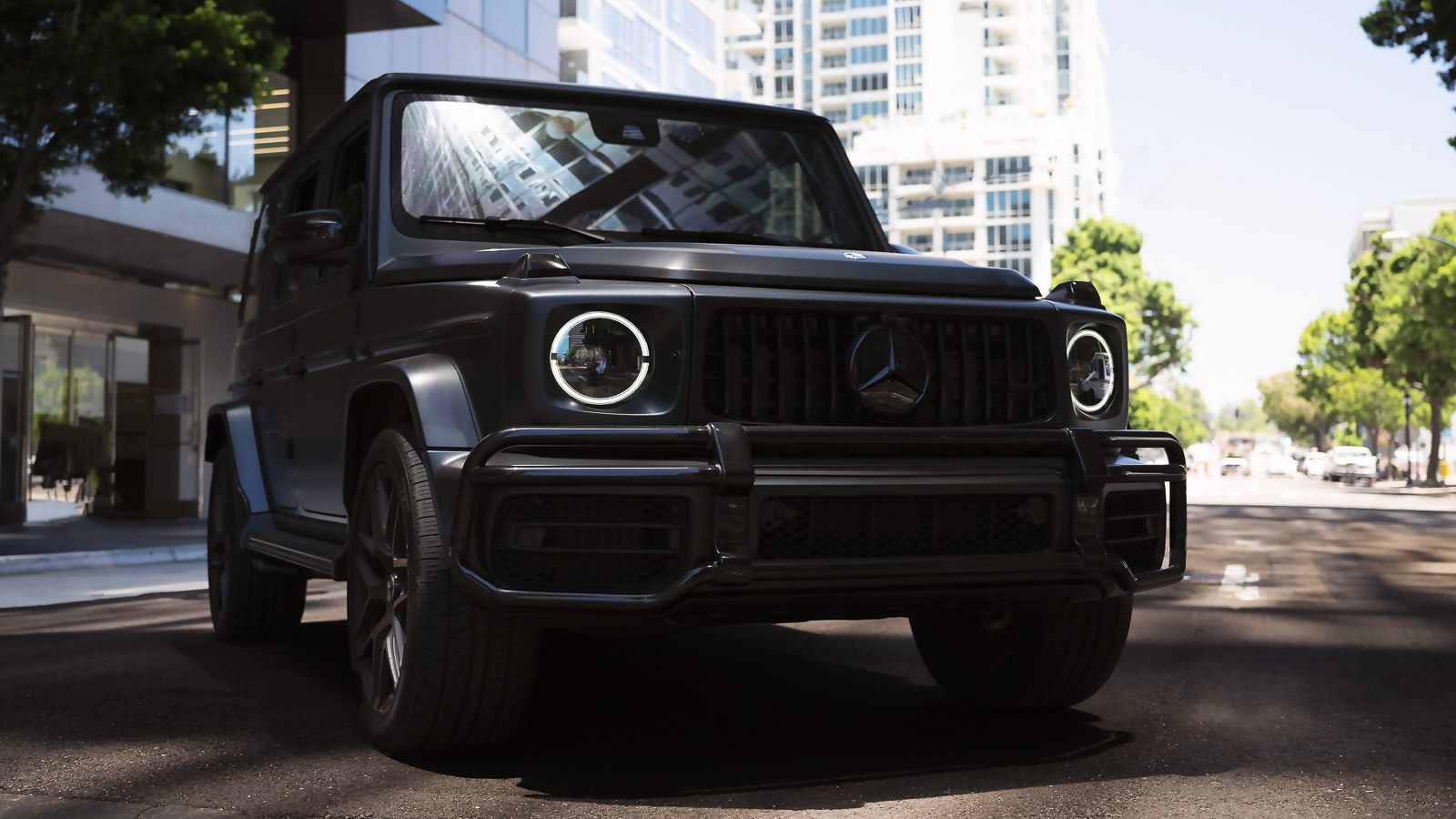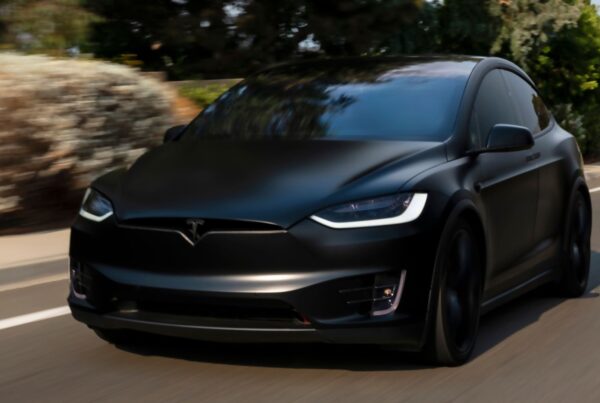Automotive window tint is both fashionable and functional. Along with providing added strength and integrity to the windows, a high-quality car window tint is great for keeping drivers and passengers protected from UV rays. But today’s premium tinting for windows enhance the protective qualities to reduce infrared exposure – keeping your car cooler during hot summer months.
The simple truth is – you’ve got more options today than ever before for choosing window tinting for cars, trucks, SUVs, and commercial vehicles. In fact, there are so many different shades, varieties, and specialty tinting out there to choose, that it can be downright confusing trying to pick the right one.
This is what we’ll strive to simplify today. In today’s CeramicPro.com blog – we’ll give you six tips for picking the right car window tints for your specific vehicle window, budget, and needs. So – let’s get started.
Tip #1 – Where Do You Live?
Before you contact any window tint film installer near you, the first question you should consider is where you live. Most of the entry-level tints are designed mainly for aesthetic improvements – with protection against harmful UV rays – UVA and UVB rays (which can cause skin cancer and damage to interior materials).
If you live in hotter climate (such as Southwest or Southeast US – or Latin America) – it’s important to consider car window tinting that blocks Infrared Rays or provides IR protection. This blocks the heat that is produced by the sun. This is a huge benefit – especially when you apply it to your windshield and front side windows.
For those in colder climates, IR protection is not as important as UV blocking window film. IR film is a nice upgrade to consider, but if interior cabin heat is not a huge concern of yours, you’ll be just fine with a good mid-grade window tint – such as a carbon color stable window film.
Tip #2 – Does Your Car Currently Have Privacy Glass?
If you have a newer car, truck, or SUV, it’s quite possible that the rear windows (and the fronts on some) already have tinted windows. That’s a bit deceiving. In fact, it’s more likely that your newer vehicle has factory tint or installed privacy glass – and not a protective window film.
Privacy glass is a specially created automotive window that includes a dark pigment that’s added in the manufacturing process. As the name implies, it is mainly added to improve the privacy factor – so people can’t see inside your car. The darker tint in the privacy glass can also improve glare reduction – but not significantly.
Further, privacy glass does not provide added UV or IR blocking benefits. If you have privacy glass – and want protection from UVA, UVB, and heat-producing IR – then you should consider a window tint that offers these protective qualities.
Tip #3 – Learn the Lingo
If you’ve read the info above, you might be a little confused by some of the abbreviations we’ve included. So, let’s clarify what they mean, and add a few common terms you’ll hear in describing the benefits of a window film.
Visible Light Transmittance (VLT) is described as the visible light that can pass through window film or the glass with tint installed. A darker window tint produces lower VLT levels. The VLT essentially determines the tint darkness or tint percentage.
Visible Light Reflectance (VLR) is the reflected visible light by glass or window tint. Essentially – it helps reduce glare – so the higher the VLR – the easier it is to see during high light conditions.
Total Solar Energy Rejected (TSER) is the rating that gives car owners the best overall indicator about the tint’s ability to protect against UVA and UVB, infrared radiation (IR), and visible light transmission. The higher the TSER – the more protection the film produces.
IR is the abbreviation for Infrared Radiation. The sun produces many different emissions – including ultraviolet (UV) and infrared radiation (IR). UV is mainly responsible for breaking down materials – such as interior seats, dashboards, plastics, and leather. But it also is a leading cause of skin cancer. IR on the other hand is responsible for generating heat.
So – as infrared rays penetrate the window – the temperature of your vehicle’s cabin increases. An IR film is mainly intended to provide heat rejection, which is why it can be a light tint percentage – but still offer superior protection.
While there are other terms and lingo that you’ll hear or read about the quality of window tint – the ones above are the most helpful to understand.
Tip #4 – Research Your State Window Tint Laws
Like most automotive rules and regulations, window tint laws are specific and unique to each US State and many Canadian Providences. Most of the laws focus on the VLT or the darkness of a window tint. These regulations are mainly intended to protect law enforcement officers in the event they pull a vehicle over but are also established to ensure drivers have clear visibility to see other vehicles in low light hours.
This link will allow you to find your window tint laws for the specific US state you live. What’s important is to learn the laws for the state your vehicle is registered – as that is what’s important. If you’re going to be moving sooner than later to another state, it’s a good idea to learn that state’s laws as well.
Tip #5 – Understand Your Options
Once you understand the lingo – and the laws specific to your location, it’s time to pick a window tint. While there are several on the market today, there are two that stand out – and give you the best bang for your buck – especially when it comes to protection.
Carbon Color Stable Window Tint
The protective qualities offered by premium window film begins at the carbon window tint level. Nano carbon technology is infused in the tint, which helps provided added strength and shatter resistance, and blocks up to 99 percent of UV rays including UVA and UVB. This not only reduces damage to interior components like seats, dashboards, and plastics, but also reduces potential of skin cancer.
When installed correctly, the new carbon color stable window tints can provide more than 10 years of protection.
Ceramic IR Window Tint
The upper tier of tint for cars is a ceramic tint. It’s basically the best of all worlds – where it can block nearly all of UVA and UVB and can reduce more than 90 percent of infrared transmission. There are some new Ceramic IR tints that elevate that protection to up to 96 percent. It’s created by infusing nanoceramic particles within multiple layers of the film. This not only provides a stronger and more durable adhesion, but reflects sun rays, instead of absorbing them.
Some of these benefits are featured in metalized film, crystalline, or hybrid window films – but with a common drawback, reduced cell phone signals. Thanks to the nanotechnology included in Ceramic IR window film, this problem is mitigated. This means that your Bluetooth®, Wi-Fi, radio, and cell phone reception is not interrupted or reduced.
Tip #6 – When in Doubt – Ask Your Window Tint Installer
Picking an automotive window film that fits your needs, desires, and most importantly – budget, can be time consuming and frustrating for many vehicle owners. One of the best resources for any vehicle owner to consider is speaking with a certified window tint installer near you.
Contrary to popular belief, tint installers and professional detailers are not used car salespeople. They won’t sway you to buy something that you don’t need or can’t afford. A professional detailer is offering an experience – a facility that will take care of your vehicle, spend time prepping the surfaces, and installing high-quality solutions that will hold up over time.
The team of window film installers that Ceramic Pro has assembled under our umbrella is dedicated to surpassing the expectations of each customer they serve. They’ll help you understand the different benefits, drawbacks, and pricing for Carbon Color Stable or Ceramic IR window tint. If one is better suited for your needs, they’ll give you an honest and factual estimate – without the run around.
If you’re looking for a high-quality window tint for cars, at a price you can afford, click the button below to request a free estimate from a window tint installer near you.






